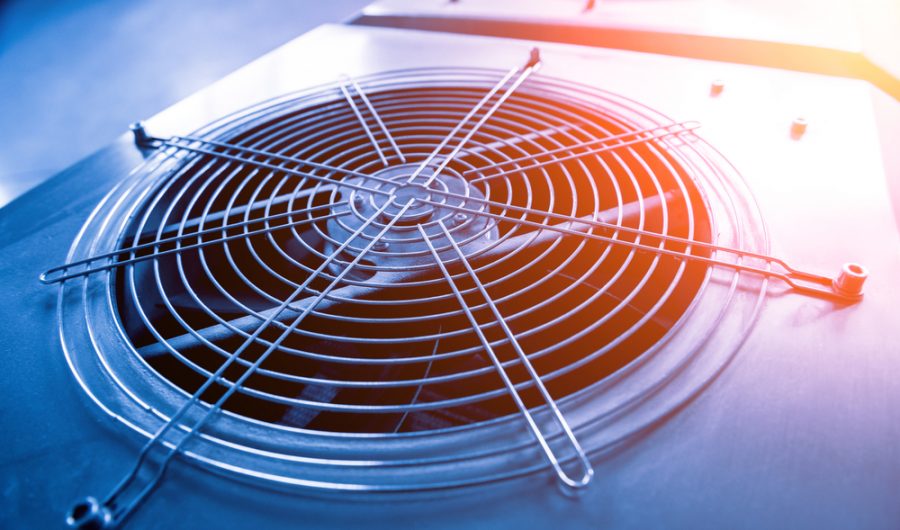With the surging costs of electricity and its production’s toll on the environment, it makes perfect sense to conserve more energy. The good news is that there are many sustainable ways to significantly reduce the use of power and make your home more energy-efficient.
Purchase energy-efficient appliances
Although they cost a bit more upfront, they more than make up for it by running at 10-25% lower operating costs than conventional models, which ultimately saves you a lot of money.
For example, washing machines certified by Energy Star use about a quarter less energy and a third less water upon each wash compared to their alternatives. In order to save even more electricity, you can always wash your clothes at a lower temperature, much to the same effect.
Another good thing about them is that they are built using very high standards, and thus they tend to require less maintenance, which means less money spent on repairs overall.
Energy-efficient appliances also help protect the environment as they minimise the exploitation of natural resources, thus aiding their conservation. They also consume less water and help reduce the overall harmful gas emissions (such as carbon dioxide), contributing to global warming.
Reduce your water heating expenses
Water heating is another significant contributor to overall energy consumption and should be optimised.
The first obvious thing you can do is to replace your old heater with an energy-efficient model. Conventional ones use more electricity and require more maintenance. If you haven’t the right model, you will likely spend more on utility bills or inconveniences when multiple people try to use the hot water.
Efficient heaters offer several advantages over conventional ones, mainly electricity conservation and low maintenance costs. As they require less power to function, they also reduce your home’s carbon footprint.
You can further save on your electricity bill if you also:
- use less hot water,
- turn down the thermostat on your water heater;
- insulate your water heater, plus the first six feet of hot and cold water pipes.
Install a programmable or smart thermostat
This device allows you to create automatic or programmable temperature settings, significantly reducing your electricity bill and your carbon footprint. However, it is relatively cheap and easy to install if you have no experience with electronics, you might prefer to call upon the services of a professional.
Basic smart thermostats are ideal for smaller homes and families, which allow you to:
- raise and lower temperatures;
- create a weekly schedule
- easily override it if you or a family member returns home early.
More advanced models can significantly reduce your electricity consumption, although programming may seem a bit intimidating at first. Rest assured, it’s a relatively easy and intuitive process, plus many devices will analyse your behaviour and provide you with an optimisation plan.
Some features advanced smart thermostats offer are:
- remote access & control;
- tracking your daily comings and goings and offering smart temperature management;
- movement sensors which automatically adjust the HVAC system to save up on electricity when no one’s home;
- long-term learning for more accurate scheduling;
- tracking your home’s energy consumption;
- voice control.
There are also smart thermostats for splitting your home into different control zones. This allows you to fine-tune and set up a preferred temperature for each area, focusing your HVAC system on the areas that need it the most. These devices are ideal for big or two-storied homes or larger families where each member can have their own way without compromising.
Whichever thermostat you choose, make sure you take full advantage of its programming features, or you won’t enjoy the full extent of the device’s potential.
Eliminate vampire power
Vampire power (also known as “standby power”) is energy that appliances leech even when they are shut down. This can account for 10-20% of your energy bill and is responsible for 1% of the world’s carbon dioxide emissions.
The biggest drains on power are:
- television sets;
- video game consoles;
- desktop computers;
- laptops;
- kitchen appliances.
As it doesn’t make sense to unplug each power appliance when they’re not needed, the most straightforward solution is to plug them into power strips and turn all devices off at once. There are also smart power strips, which can be programmed to switch off automatically at a certain time or during a period of inactivity, thus eliminating the need to do it manually every single time.
To reduce the use of phantom power:
- use energy star certified appliances;
- unplug mobile/tablet when charged;
- activate energy-saving mode wherever possible;
- unplug lesser-used items.
Install energy-efficient windows
This is an excellent way to reduce energy costs, as these types of windows prevent the escape of condensed air and reduce the transfer of heat between the inside of your home and the outside.
The pros of energy-efficient windows are:
- reducing electricity and gas bills;
- offering better insulation;
- offering UV rays protection;
- providing noise reduction;
- reducing carbon footprint;
- raising property value.
The only drawback is that they are somewhat expensive, and it could be several years until you see a total return on the investment. However, in some cases, they are sure to make a big difference.
Just remember, for energy-efficient windows to be effective, they also have to be installed correctly, so make sure you pick the right company. You could perform an energy audit beforehand to determine your potential savings and choose the most appropriate solution for your individual needs.
Upgrade your HVAC system
As a general rule, the longer it’s been in use, the lower its effectiveness will be. Old and poorly-maintained HVAC systems will significantly impact both your electricity bill and the comfort of your home.
Another reason is that technology is advancing fast. The new devices are getting more and more efficient every year, thus guaranteeing you will save more money on utility bills in the long run. So if your system is somewhere between the 10-15 year mark, and you are spending a lot of cash on repairs, you are better off replacing it.

Other signs that you might need replacing instead of repairing:
- your energy bills are increasing;
- the cost of the repair is at least half of the price of a new system;
- the system makes odd sounds and noises;
- poor air quality, excessive dust, and musty odours.
The HVAC system is composed of heating, ventilation, and air conditioning equipment. Heating alone is responsible for about 40% of your electricity bill, while air conditioning alone isn’t a major energy consumer. However, improving your ventilation system, particularly the ducts, could reduce your heating and cooling expenses by about 20%.
For maximum comfort inside your home, also consider these upgrades:
- whole-house humidifier and dehumidifier to be able to control indoor humidity levels and ensure maximum comfort;
- installing a HEPA filter to stop dust, fungi, and microbes from entering your home and improve overall indoor air quality;
- an energy recovery ventilator (ERV) will improve indoor air quality without you having to worry about the loss of energy.
Insulate your home
Insulating your home has many long term advantages. It can reduce heating and cooling costs by up to 37%, dramatically reducing your carbon footprint.
Insulation also increases the value of your property. The tendency is that for every dollar saved from utility bills, your property’s value increases by $20.
Another great thing about insulation is that it can also be done in tiers, which helps you avoid the high upfront costs.
Last but not least, it makes for a more comfortable home, where it’s cooler in the summer and warmer in the winter. Insulation also prevents condensation, which leads to dampness (which is very bad for your paint, plaster, or wallpaper) and mould, leading to asthma, allergies, and other health-related problems.
Conclusion
Even if you implement a few of these sustainable solutions, you will see a good reduction in your energy bills and feel an improvement in your home’s overall comfort. And when you consider the aid they provide to the environment as well, next time something breaks down, it’s really worth thinking about replacing it with an energy-efficient option.





